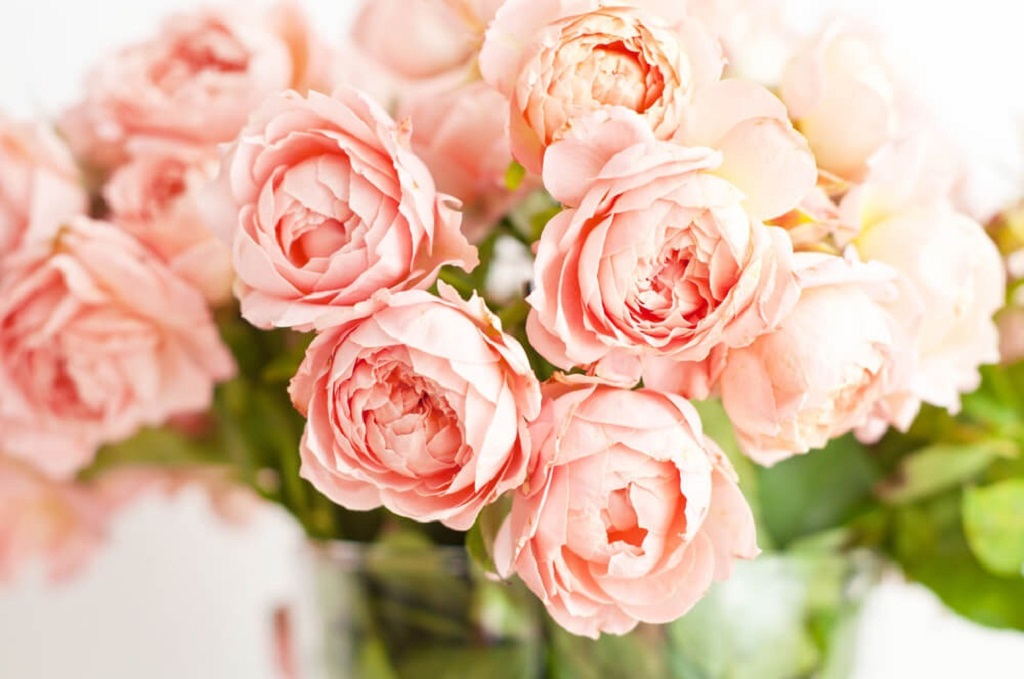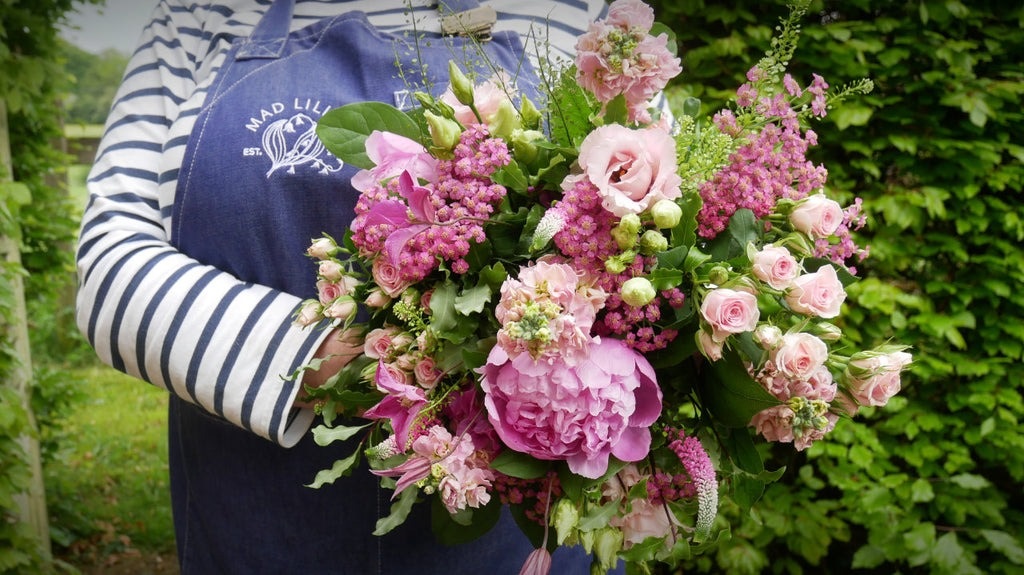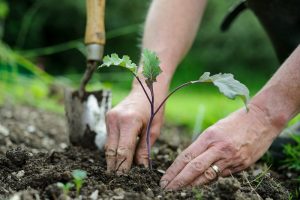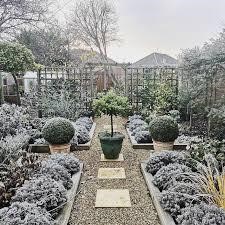
Have you ever encountered a flower that instantly steals your breath, drawing you in with its delicate hues and perfect form? For countless gardeners and florists worldwide, that flower is the Coralie Dahlia. More than just a pretty face in the garden, Coralie has carved out a special place in the hearts of those who cultivate beauty, becoming a true sensation in the world of ornamental plants. But what exactly makes this particular dahlia so captivating? Is it her unique color palette, her prolific blooming habit, or something deeper, an almost ethereal quality that transcends mere aesthetics?
In this comprehensive guide, we will delve into the multifaceted charm of the Coralie Dahlia, exploring its characteristics, cultivation tips, and why it has become a must-have for both amateur enthusiasts and professional floral designers. From its origins to its impact on contemporary floral trends, prepare to be enchanted by the story of this remarkable bloom. We’ll cover everything from planting and care to its role in stunning arrangements, ensuring you have all the insights to welcome the magic of Coralie into your own space.
The Allure of Coralie: A Symphony of Soft Hues

The most striking feature of the Coralie Dahlia is undoubtedly its exquisite coloration. Often described as a soft blend of pink with hints of creamy yellow, and sometimes even a touch of white, the blooms create a harmonious visual symphony that is both soothing and invigorating. This gentle interplay of blush and cream makes Coralie incredibly versatile, allowing it to seamlessly integrate into a wide array of garden designs and floral arrangements. Whether you’re aiming for a romantic, vintage aesthetic or a modern, sophisticated look, the subtle elegance of Coralie provides the perfect foundation or accent.
Beyond its color, the Coralie Dahlia typically showcases a formal decorative bloom form, characterized by its perfectly symmetrical and dense petals. These blooms generally range from 4 to 6 inches in size, classifying them as “BB” dahlias – a medium-sized bloom that is large enough to be impactful but not so overwhelmingly grand that it dominates an entire arrangement. This ideal size, combined with the often-straight, long stems it produces, makes it a dream for cut flower enthusiasts. Imagine a vase filled with these graceful blooms, each one a testament to nature’s artistry. The overall color and form of Coralie contribute to its widespread appeal, making it a favorite for wedding work, special events, and simply gracing a home with its natural charm.
Cultivating Coralie: Tips for a Bountiful Harvest
Bringing the beauty of Coralie Dahlia to your garden is a rewarding experience, but like all living things, it thrives with proper care and attention. Understanding its needs, from planting to overwintering, is crucial for a successful and prolific bloom season.
Site Selection and Soil Preparation:
Coralie Dahlias, like most dahlias, are sun-worshippers. They require a minimum of 6-8 hours of direct sunlight per day to produce their abundant blooms. Choose a location in your garden that receives ample sun exposure throughout the day. Well-draining soil is paramount for dahlias, as soggy conditions can lead to tuber rot. Amend your soil with a generous 4-inch layer of compost, thoroughly tilling it in to improve drainage and enrich the soil with vital nutrients. A slightly acidic to neutral pH (6.0-7.0) is ideal.
Planting Your Coralie Tubers:
Dahlia tubers should be planted horizontally, on their sides, after the danger of the last frost has passed and the soil temperature has reached approximately 60°F (15°C). This usually coincides with the time you would plant other warm-season crops like tomatoes. Dig a hole about 6 inches deep and lay the tuber with the “eye” (the small bump where the sprout will emerge) facing upwards. Cover gently with soil. If you’re in a wet climate, avoid extra watering until the sprout is about 5-6 inches tall, as normal spring rains will typically provide sufficient moisture. In drier climates, light weekly watering might be necessary to ensure the soil retains some moisture. Once the plant is established and about 6 inches tall, deep soaking every 2-3 days will be beneficial, especially during hot, dry spells.
Fertilization for Flourishing Blooms:
Dahlias are heavy feeders and benefit from a thoughtful fertilization regimen. When planting, incorporate a slow-release, organic fertilizer with a low nitrogen number (e.g., 5-10-10 or similar). Too much nitrogen can promote leafy growth at the expense of flowers. About 30-60 days after planting, apply a granular fertilizer with a balanced NPK ratio or one slightly higher in phosphorus and potassium to encourage strong bloom production. Always follow the manufacturer’s recommendations for application rates.
Support and Maintenance:
Coralie Dahlias, with their impressive height (often reaching 4-5 feet), can benefit significantly from support, especially in windy areas or when laden with numerous blooms. Staking them early in their growth will prevent them from toppling over, ensuring straight stems that are perfect for cutting. Even if they do fall, the Coralie variety is known for its resilience, often continuing to grow and produce straight stems from fallen branches. Regular deadheading (removing spent blooms) is also essential. This practice redirects the plant’s energy from seed production back into creating more gardeners and florists , leading to a continuous display throughout the season. Keep an eye out for pests and diseases, and address them promptly with organic solutions if possible.
Overwintering Coralie Tubers:
While dahlias are perennial, they are not cold hardy and will not survive winter in climates colder than Zone 8. For colder climates, the tubers need to be dug up after the first hard frost. Carefully excavate the tubers, gently remove excess soil, and allow them to dry for a few days in a cool, dry place. Once dry, store them in a cool (around 40-50°F or 4-10°C), dark, and well-ventilated area, nestled in a medium like peat moss, wood shavings, or vermiculite, to prevent desiccation. Many growers also find Coralie to be an abundant tuber producer, making it an excellent choice for expanding your dahlia collection or sharing with fellow gardening enthusiasts. Some even note its tubers are “nearly winter-proof,” resisting rot and desiccation better than some other varieties.
Coralie Dahlia: A Favorite Among Florists and Gardeners Alike
The burgeoning popularity of the Coralie Dahlia isn’t just a fleeting trend; it’s a testament to its exceptional qualities that appeal to a broad spectrum of flower lovers. For flower farmers and florists, Coralie is a dream come true. Its early blooming habit means it provides beautiful flowers earlier in the season, extending the availability of fresh, locally grown blooms. The vigorous growth and long, strong stems are highly desirable for creating stunning bouquets and arrangements, reducing breakage and waste. The versatility of its soft pink and creamy yellow hues makes it a sought-after component for wedding florals, contributing to elegant and timeless designs. Many floral designers laud its ability to “play well” with other blush-toned favorites, making it a reliable staple in their repertoire.
For home gardeners and florists , Coralie offers immense satisfaction. Its prolific nature ensures a continuous supply of cut flowers for personal enjoyment or for sharing with friends and family. The relatively easy cultivation, even for beginners, makes it an approachable entry point into the rewarding world of dahlia growing. The sheer beauty of the blooms transforms any gardeners and florists and florists space into a haven of tranquility and elegance. The “Dahliamania” seen across social media platforms often highlights varieties like Coralie, inspiring countless individuals to embark on their own dahlia growing journeys and build unique collections.
The Future of Coralie and Dahlia Trends
As we look towards 2025 and beyond, the demand for dahlias, and specifically captivating varieties like Coralie, shows no signs of waning. The focus on local and eco-friendly flower production further solidifies the dahlia’s position as a premier choice, as they can go from field to vase in less than a day, offering unparalleled freshness. Hybridizers continue to innovate, with new varieties constantly emerging, but classics like Coralie remain enduring favorites due to their proven performance and timeless appeal. The ongoing passion for dahlia breeding, whether by commercial farms or enthusiastic amateurs, promises a vibrant future for this beloved flower. Coralie, with its inherent beauty and reliable nature, will undoubtedly continue to be a star in this evolving landscape.
Read More Also: Transforming Wine Barrels into Stunning Garden Features
Embrace the Charm of Coralie Dahlia
Whether you’re an experienced horticulturist or just beginning your gardeners and florists journey, the Coralie Dahlia offers an unparalleled blend of beauty, resilience, and versatility. Its soft, romantic colors, combined with its strong growth habit and excellent cut flower qualities, make it an indispensable addition to any garden or floral arrangement. By following the simple cultivation tips outlined above, you can experience the joy of growing these magnificent blooms firsthand.
Don’t miss the opportunity to transform your garden into a symphony of soft hues and elegant forms. Cultivate your own Coralie Dahlia collection today and witness the magic unfold! Share your Coralie Dahlia stories and photos with us on social media – we love to see how this enchanting bloom enhances your world!
This video provides a visual overview of the Coralie Dahlia, showcasing its appearance and highlighting its popularity among growers, which is directly relevant to the article’s focus on this specific dahlia variety.





